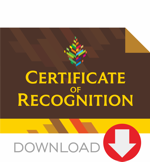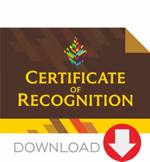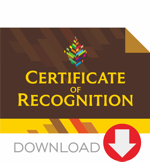Evaluation of Mangrove Damage at the Western Part of Segara Anakan (Cilacap, Indonesia) using Derris and Acanthus as a Biomonitoring Agent
Building: Java Heritage Convention
Room: Room I
Date: 2018-11-07 10:45 – 11:00
Last modified: 2019-04-23
Abstract
Mangrove forest at the Segara Anakan lagoon (SAL) Cilacap, Indonesia is rapidly decreasing, due to natural and human activities. This problem becomes important because of its social and ecological significance, as it is one of the few mangrove areas left in Java. The mangrove area has been decreasing up to 1.4% per year since the last decade. The study aimed 1) to assess the mangrove damage by using biomonitoring agent (Acanthus and Derris) at the SAL, and 2) to monitor and map mangrove damage at the SAL. The survey method was used in this study and integrated with the satellite images interpretation. Ecological data were analyzed using PRIMER-E, mapping and spatial analysis using ERMapper, Surfer and ArcView 3.2. The result shows that 1) Acanthus and Derris can be used as a biomonitoring agent for mangrove damage, 2) mangrove has been reduced in area and quality where mostly occurred in the western area of SAL. This research provides an account of the coastal habitat and mangrove changes in Segara Anakan, that can be used for coastal resources management.


